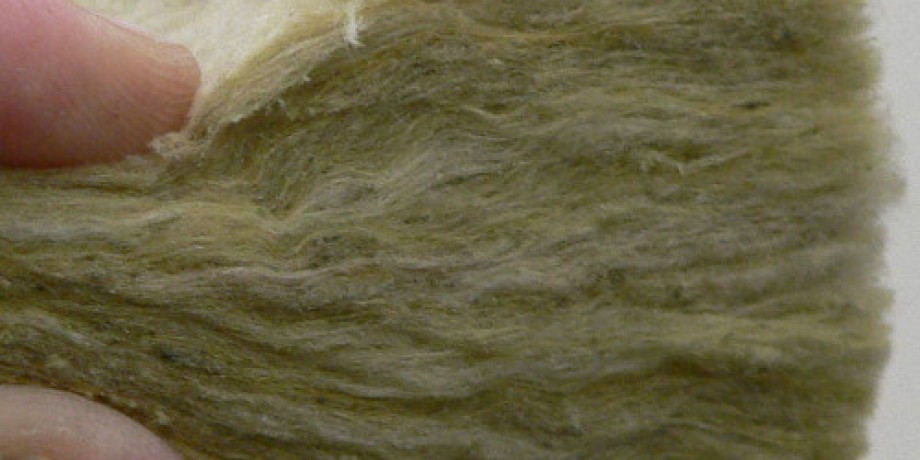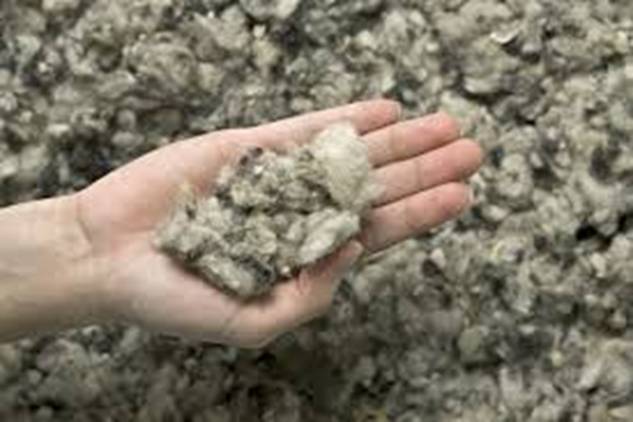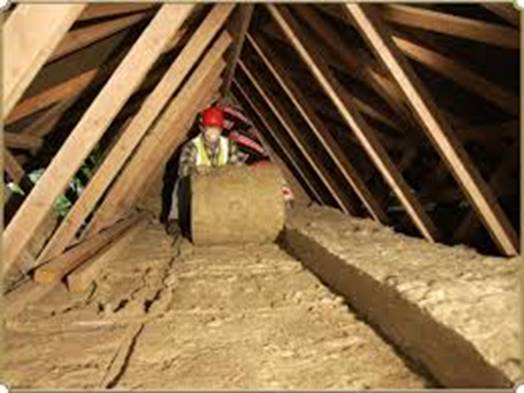Most Common Misconceptions about Glass Wool Insulation

Debunking the Myths: The Truth About Glass Wool Insulation
It's not uncommon to hear various negative claims about certain insulation products. While it's always wise to gather all the facts, including potential health hazards, it's equally important to separate fact from fiction. Misconceptions and myths can often lead people to avoid using a particular material or even deter them from insulating altogether. As one of the most commonly used insulation materials, let's address some of the most prevalent misconceptions about glass wool insulation.
Glass wool insulation is made from recycled glass, limestone, soda ash, and sand, which are exposed to high temperatures and bound together using a resin to provide tear strength. Some brands now use formaldehyde-free binders to produce more eco-friendly products. The material consists of a network of fibres that are formed into rolls, slabs, or rigid boards, depending on the density and application. Despite its lightweight nature, glass wool offers great density, strength, and durability, making it suitable for both thermal and acoustic insulation. Its versatility allows it to be used in a variety of applications, including loft, cavity wall, and floor insulation. Additionally, glass wool can withstand temperatures up to 230°C and is classified as non-combustible, making it a popular choice for high-temperature environments. Furthermore, it is recyclable and can be reused if maintained in good condition, contributing to its eco-friendly credentials.


Now, let's address the most common misconceptions about glass wool insulation:
Misconception #1: Glass wool is radioactive and contains asbestos
Asbestos is a proven health hazard and is now banned for use in many countries due to its link to serious conditions like lung cancer. However, glass wool insulation does not contain asbestos and is not considered radioactive. While sand, one of the raw materials, has a very low level of natural radioactivity, the overall radioactivity of glass wool is negligible compared to the natural background radiation we are exposed to daily.
Misconception #2: Glass wool presents a health hazard
It's true that the fibres and dust produced during the installation of glass wool can cause skin irritation, but these are purely mechanical reactions, not allergic responses. The solution is simple – use basic protective equipment like gloves and a face mask, and ensure proper ventilation during installation. Numerous studies have shown that glass wool insulation is safe to produce and use, and it is not classified as a hazardous material.
Misconception #3: Glass wool insulation is harmful to the environment
While the manufacturing process of glass wool does require energy, the energy savings it provides over the lifetime of the insulation far outweigh the initial energy investment. Properly installed glass wool insulation helps reduce the overall energy consumption of a building, making it an environmentally-friendly choice. The material is also recyclable, further contributing to its sustainability.
Misconception #4: Glass wool insulation is difficult to install
Some people believe that glass wool insulation is challenging to work with and install, but this is not the case. Glass wool is relatively easy to cut, fit, and install, especially when compared to other insulation materials. With the right tools and techniques, homeowners or contractors can efficiently install glass wool insulation in various applications, ensuring a proper and effective thermal and acoustic barrier.
In conclusion, the common misconceptions about glass wool insulation are largely unfounded. This versatile, safe, and eco-friendly material continues to be one of the most widely used insulation solutions, offering excellent thermal and acoustic performance while addressing environmental concerns. By separating fact from fiction, homeowners and builders can make informed decisions about the most suitable insulation for their needs.


































































































































